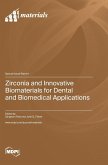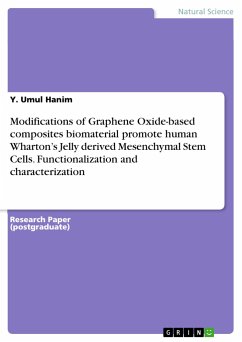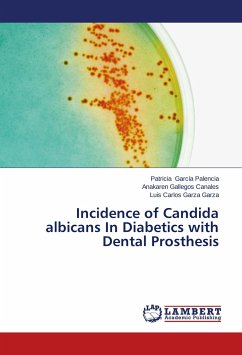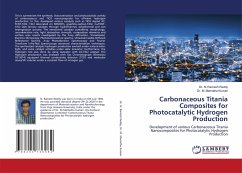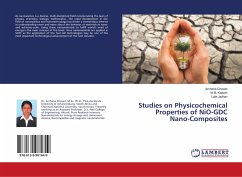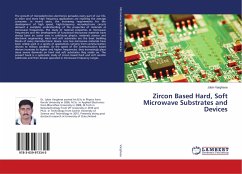Master's Thesis from the year 2012 in the subject Biology - Miscellaneous, grade: A, Queen Mary University of London (Barts and The London School of Medicine of Medicine and Dentistry), course: Oral Biology, language: English, abstract: Introduction: Flowable composites are of low viscosity and a modification of small particle-filled and hybrid composites. They have reduced filler load and modified resin monomers which provide a consistency that allows the material to flow readily. They have better adaptability to cavity walls thus preventing microleakge. However their lower filler loading results in greater polymerisation shrinkage and reduced mechanical properties compared to other hybrid composites. Aims and Objectives: The aim of this study was to compare the physical and mechanical properties of a new low viscosity commercial flowable composite (VertiseTM Flow) with other flowable composites (Grandio Flow and Premise Flowable) currently available on the market. Water absorption, depth of cure, degree of conversion (using FTIR) and polymerisation exotherm were compared. Material and Methods: Water absorption and desorption was measured in distilled water and artificial saliva gravimetrically, where the uptake and loss was noted at set time intervals. Degree of conversion of double bonds of uncured and cured samples of composites was measured using the FTIR. The depth of cure was measured by an adapted ISO 4049 stated method. Finally polymerisation exotherm was measured using the K-type thermocouple of samples cured for 20 seconds. Results: The results showed increased uptake of water in distilled water and artificial saliva for VF, compared to the PF and GF. The diffusion coefficients were generally similar for desorption and absorption. The solubility % in distilled water was highest for VF in artificial saliva. All materials showed weight gain after desorption. Finally the depth of cure of VF was lower and polymerisation exotherm was higher than PF and GF. Lastly degree of conversion was found to be almost similar for all the three flowable composites. Conclusions: The presence of HEMA in VF resulted in a higher water uptake and polymerisation exotherm and lower depth of cure than the other flowable composite tested.
Hinweis: Dieser Artikel kann nur an eine deutsche Lieferadresse ausgeliefert werden.
Hinweis: Dieser Artikel kann nur an eine deutsche Lieferadresse ausgeliefert werden.

![In Vitro Assessment of Vertise [TM] Flow from Kerr - Qamar, Zeeshan In Vitro Assessment of Vertise [TM] Flow from Kerr - Qamar, Zeeshan](https://bilder.buecher.de/produkte/36/36717/36717674n.jpg)
